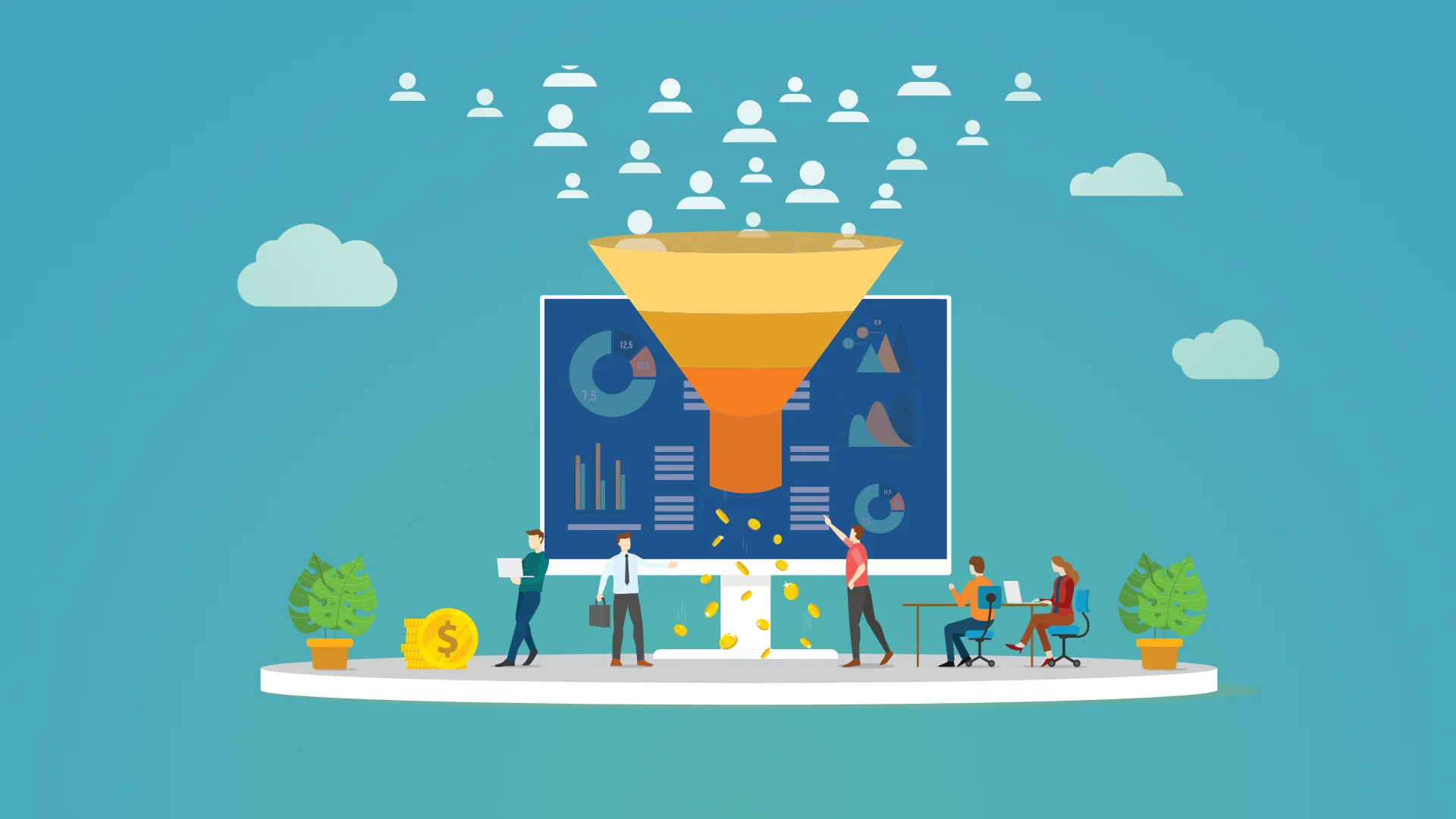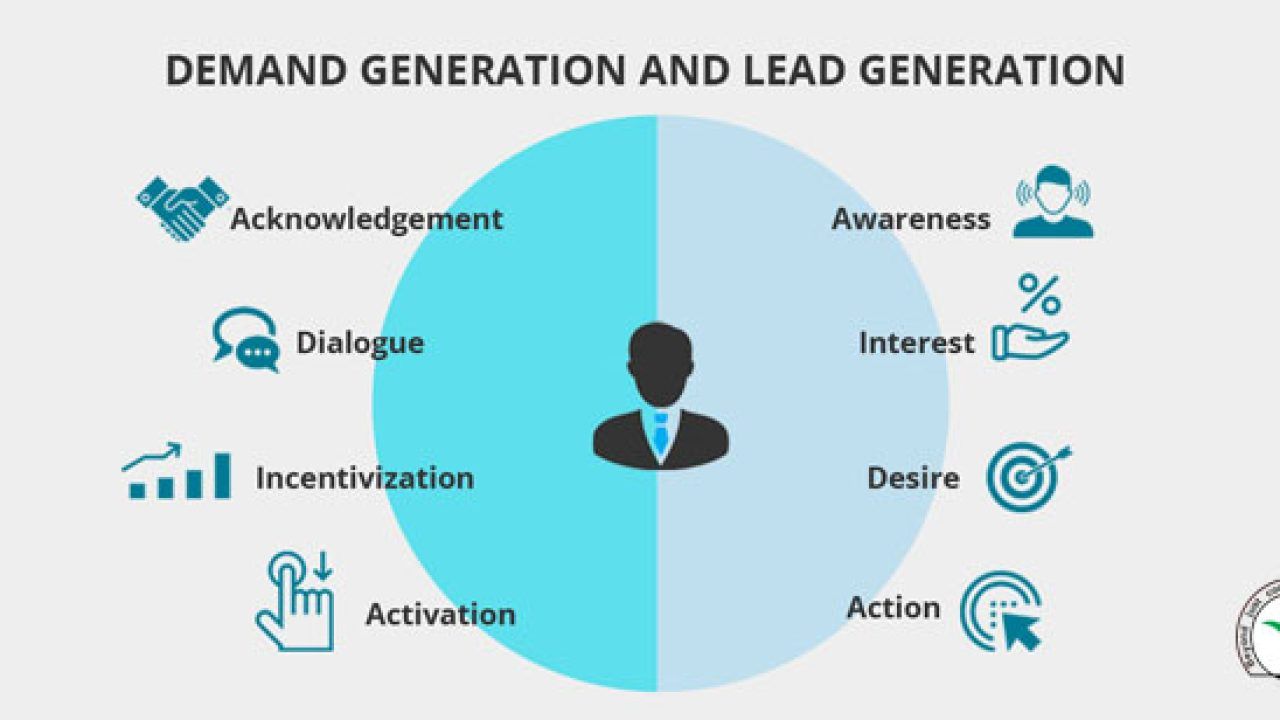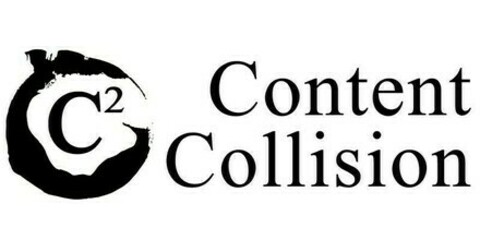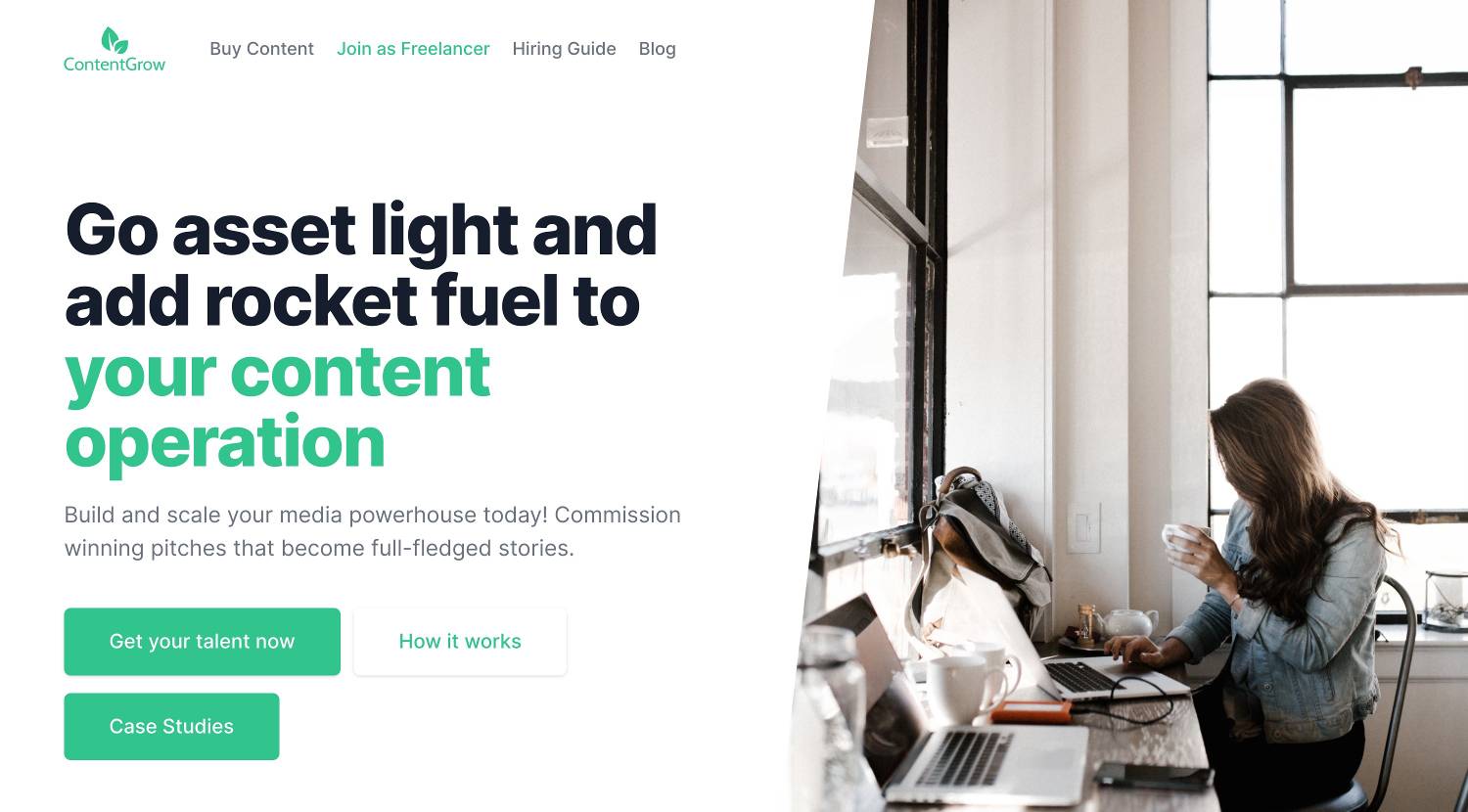Mastering demand generation: strategies for boosting brand awareness and conversions
Learn the essential steps to crafting demand generation campaigns that elevate brand awareness, enhance sales cycles, and boost conversions.

Demand generation stands as a cornerstone in the architecture of modern marketing strategies, especially within the competitive B2B landscape. It is an integrated approach that marries storytelling with product education, aiming to illuminate the audience's pain points while presenting the company's offerings as viable solutions.
Marketo highlights the benefits of demand generation that allows for strategic investment decisions aimed at achieving specific business outcomes, from brand campaigns to customer retention. Furthermore, demand generation enhances a marketer's ability to forecast future trends and outcomes, moving beyond mere analysis of past performances to predict what will happen next. This forward-looking approach is essential for building credibility and planning effectively for long-term success.
HubSpot, known for its inbound marketing and sales platforms actively supports demand generation strategies. The company attributes its impressive growth to its robust demand generation initiatives, emphasizing the creation of valuable content that attracts and nurtures leads through the buyer's journey (Source: HubSpot).
This methodology is not just about creating awareness; it's a focused endeavor to deeply understand and address the needs of potential customers, thereby fostering demand for the solutions offered. Without a clear set of goals and a well-crafted strategy, however, even the most promising demand-generation efforts can falter, underscoring the importance of strategic planning and execution in achieving impactful outcomes.
The essence of demand generation lies in its ability to build a profound connection with the target audience, leveraging insights into their challenges and preferences to craft marketing campaigns that resonate on a personal level. By honing in on specific, target customer profiles, demand generation campaigns transcend conventional marketing noise, offering tailored solutions that speak directly to the identified needs and desires of prospective clients.
This targeted approach not only enhances the efficiency of marketing campaigns but also positions businesses as thought leaders and trusted advisors in their respective domains, thereby strengthening the brand's market presence and authority.
The impact of a well-executed demand generation strategy extends far beyond immediate brand recognition, paving the way for sustainable business growth through the cultivation of qualified leads and the acceleration of the sales cycle. By aligning marketing efforts with customer intent and seamlessly guiding prospects through the buyer's journey, demand generation not only increases the quantity of leads but also improves their quality.
This strategic alignment results in a more streamlined sales process, higher conversion rates, and ultimately, a more robust bottom line. In essence, demand generation not only fuels the sales pipeline with potential leads but also enhances the overall customer experience, setting the stage for long-term customer engagement and loyalty.

Five stages to demand generation
The process of demand generation unfolds through five distinct stages, each critical to cultivating interest and guiding potential customers toward your business. These stages form a structured pathway to attract, engage, and convert prospects into leads, ensuring a systematic approach to marketing and sales growth.
- Enlist your targets: This initial stage focuses on setting quantifiable goals for the number of leads you aim to generate. It's about identifying the scope of your campaign and understanding the volume of potential customers you intend to attract.
- Building buyer personas: Here, you develop detailed profiles of your ideal customers based on market research and existing customer data. These personas include demographic information, behavioral patterns, and specific needs or pain points, serving as a foundation for tailored marketing strategies.
- Tailoring the content: With a clear understanding of your buyer personas, you create and customize content that addresses the specific stages of their journey. This ensures that the messaging resonates with your audience, whether they're just becoming aware of their problem or are considering a purchase.
- Publishing content via the right channels: This stage involves choosing the most effective platforms to distribute your content, such as social media, blogs, email marketing, or digital advertising. The goal is to reach your target audience where they are most active and likely to engage with your message.
- Measuring your success: The final stage is all about analysis and refinement. By evaluating the performance of your demand generation efforts, you can determine what's working and what isn't. This includes tracking metrics like engagement rates, lead quality, and conversion rates, allowing for data-driven adjustments to improve future campaigns.
By meticulously navigating through these five stages, businesses can effectively generate demand and build a robust pipeline of leads. This structured approach ensures that marketing efforts are aligned with the audience's needs, maximizing the impact of content and campaigns to drive growth and revenue.
Difference between demand and lead generation

Demand generation and lead generation are pivotal elements of a comprehensive marketing strategy, each playing a unique role in driving business growth and revenue. While they share similarities, their outcomes and roles within the marketing funnel are distinct.
Demand generation is the overarching strategy aimed at raising awareness and interest in a company's products or services. Its goal is to generate demand and build long-term relationships with potential buyers by engaging them at various stages of the buyer's journey, from initial awareness to consideration and ultimately conversion. This broader approach seeks to attract a wide audience and nurture them into becoming potential leads.
Lead generation, however, is a subset of demand generation, focusing on converting interest into actionable leads by collecting contact information from prospects showing interest in the company's offerings. It's a more targeted and transactional process aimed at immediate conversion opportunities, moving leads through the sales funnel toward a purchase. Lead generation strategies often involve direct tactics such as gated content, landing pages, and email campaigns designed to capture leads for direct engagement and sales efforts.
While demand generation builds the foundation by creating brand awareness and engaging a broad audience, lead generation capitalizes on this interest, converting engaged audiences into leads and customers. Together, they form a dynamic duo that enhances brand presence, fosters customer loyalty, and drives long-term business success, making it crucial for marketers to understand and implement both strategies in harmony to achieve their marketing and business objectives.

Designing a demand generation campaign
Designing a demand generation campaign requires a meticulous approach, starting with a deep understanding of your target audience's challenges and needs. Initial research is paramount, involving the creation of ideal customer profiles (ICPs) and consumer personas that detail the demographics, job titles, pain points, and behaviors of your target market.
This foundational step ensures your campaign resonates with the specific types of businesses you aim to attract, enabling you to craft messaging that speaks directly to their needs and distinguishes your offerings from competitors. Recognizing the customer's decision-making process, preferred communication channels and the current solutions they use further refine your strategy, aligning your solution with the audience's expectations and pain points.
The next phase focuses on defining your product or service as the ideal solution to the audience's problems. This involves articulating the value proposition in a way that emphasizes the benefits of your offerings over their features, highlighting how they improve the prospect's quality of life.
The goal is to shift the narrative from a brand-centric to a customer-centric viewpoint, ensuring the messaging underscores the advantages to the prospect rather than the company's achievements. Selecting the right publication channels based on where your audience is most active—be it through social media, email, forums, or industry events—allows for targeted dissemination of your campaign, ensuring your content reaches those most likely to engage with it.
Finally, the execution of your demand generation campaign hinges on creating compelling, informative content that addresses the prospect's issues while positioning your brand as the solution. Offering free reports, case studies, or engaging in blogging and guest blogging are effective ways to establish credibility and authority in your field. This content strategy should be supported by a robust promotional plan across selected channels, backed by a clear budget, set timelines, and defined key performance indicators (KPIs) for measuring success.
For instance, HubSpot exemplifies demand generation success through its targeted inbound marketing campaigns. By conducting in-depth research to understand its audience, HubSpot crafts campaigns that speak directly to the needs and challenges of its target market. The company creates detailed customer profiles and personas to guide its messaging, ensuring it resonates with potential clients by focusing on the benefits of its offerings.
HubSpot strategically selects channels like social media, email, and blogs for content distribution, enhancing its reach and engagement. With a mix of valuable resources, such as insightful reports and authoritative blog posts, HubSpot not only demonstrates its expertise but also aligns its solutions with customer expectations, showcasing a model for effective demand generation.
Regular tracking, testing, and adjustments based on campaign performance data will refine your approach, ensuring continuous improvement and effectiveness in meeting your demand generation goals. This iterative process, from deep audience understanding to strategic content dissemination and performance analysis, forms the backbone of a successful demand generation campaign.
Tools to create demand generation campaigns

Tools like Dealfront Promote and Voila Norbert exemplify the technological advancements aiding demand generation. Dealfront Promote specializes in B2B display advertising, offering precise targeting through IP address identification to enhance brand awareness and lead quality. Its sophisticated analytics and extensive reach across the internet make it a powerful tool for generating demand.
On the other hand, Voila Norbert focuses on lead acquisition and management, simplifying the process of obtaining email addresses and facilitating personalized communication. Its ability to streamline contact management significantly boosts the effectiveness of demand generation efforts.
Furthermore, Zapier and Leadpages introduce automation and flexibility into the campaign creation process. Zapier automates workflows and integrates various apps to improve efficiency and lead management, allowing marketers to focus on strategic initiatives. Leadpages, with its easy creation, testing, and real-time performance tracking capabilities, offers scalability and continuous optimization for demand generation campaigns. These tools collectively enhance the productivity of marketing teams, ensuring that campaigns are not only creative but also measurable and results-driven.
Moreover, HubSpot Marketing Hub rounds out the toolkit by providing a comprehensive marketing platform that supports personalized campaigns, data-driven insights, and automated workflows. Its CRM integration ensures seamless lead management, while customizable solutions cater to the specific needs of large businesses.
Lastly, ContentGrow emerges as a valuable tool in the realm of content marketing and demand generation. Designed to streamline the content creation process, ContentGrow connects businesses with a network of talented freelancers, enabling the efficient production of high-quality, engaging content tailored to a company's specific demand generation needs. Its platform simplifies project management and collaboration, allowing for seamless coordination between teams and content creators.
By utilizing these tools, businesses can effectively generate demand, streamline campaign management, and tailor their messaging to meet the unique needs of their target audience, ultimately leading to growth and increased revenue.
ContentGrow helps brands and publishers work with high-quality freelance writers and journalists worldwide. Sign up to get started or book a discovery call to learn more.





